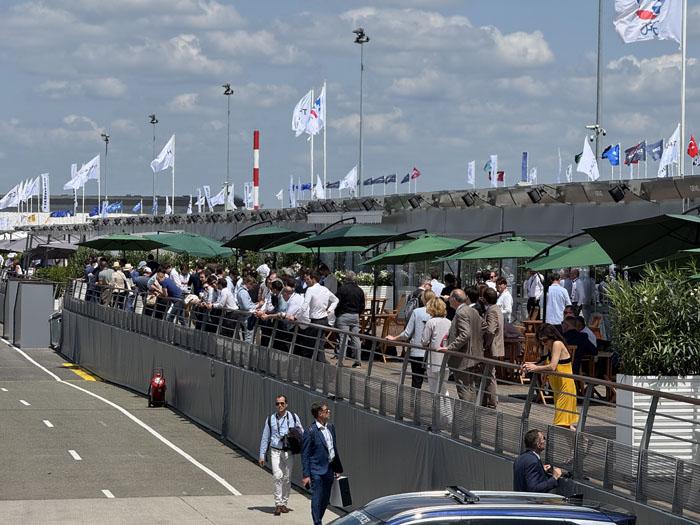
New technology investment is on the agenda at Paris Air Show 2025.
LE BOURGET—As discussions are ongoing around the EU’s next research and innovation (R&I) budget, the Clean Aviation and Single European Sky ATM Research (SESAR) private-public partnerships, along with 99 players in the European aviation sector, are calling for massive, wide-ranging investments over the 2028-34 period.
The handover of their Aviation Research and Innovation Strategy (ARIS) recommendations to European Commissioner for Sustainable Transport and Tourism Apostolos Tzitzikostas took place at the Paris Air Show on June 16.
The event comes as aviation stakeholders worry that the European Commission may see aeronautics as a low priority compared to supporting the ailing automotive sector. Moreover, while sustainability is still at the top of the industry’s and the EU’s agendas, aviation may fear that spending in decarbonization technologies may degrade global competitiveness, as other regions see the topic as secondary. The aviation industry is therefore emphasizing sovereignty—a major issue in the EU—to make its call for investment appealing.
The Clean Aviation aeronautics research and technology project and SESAR, its equivalent in air traffic management (ATM), have joined forces and calculated a need for €66 billion ($77 billion) between 2028 and 2034. The period corresponds to the next budget, known as the EU’s multi-annual financial framework. Of the total, €22.5 billion would come from the EU, says Axel Krein, executive director of the Clean Aviation Joint Undertaking.
The effort would encompass more than the current programs as it would add research for future long-range aircraft, Airbus CTO Sabine Klauke says. In addition, ARIS’ rationale includes the predicted need to ensure that a technology crosses the “valley of death” between readiness and entry into service.
Under ARIS, aviation players have identified three priorities for investment. In addition to next-generation aircraft technologies and ATM, enablers such as advanced manufacturing and maintenance, as well as workforce training, need funding, the signatories say. They suggest that dual-use civil-military technologies are explored, although the EU only has nascent authority in defense matters.





